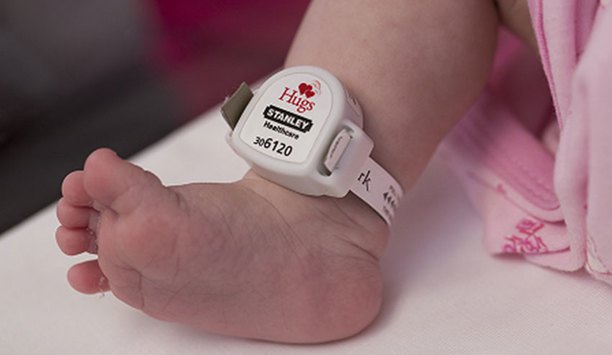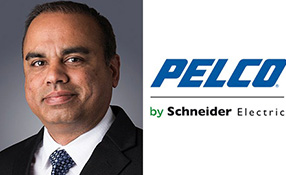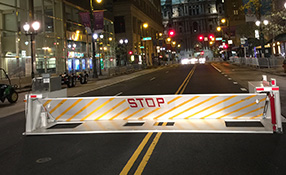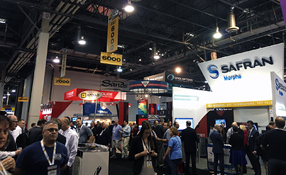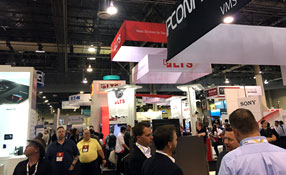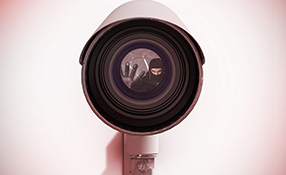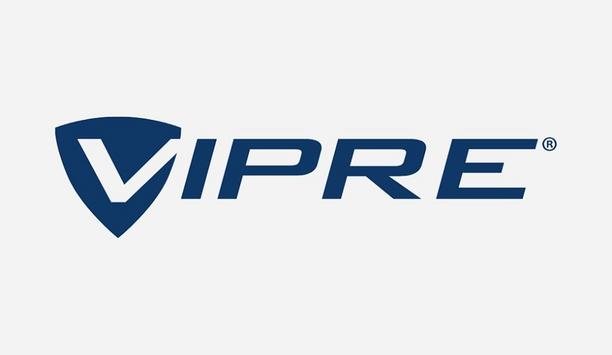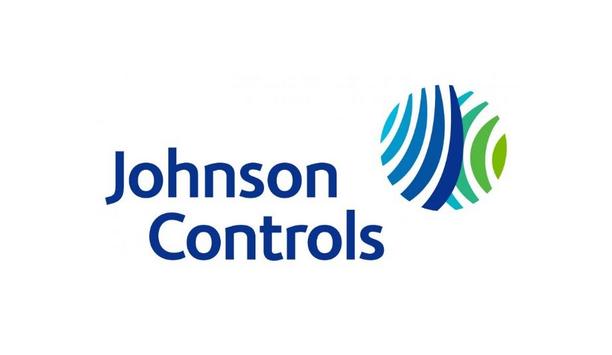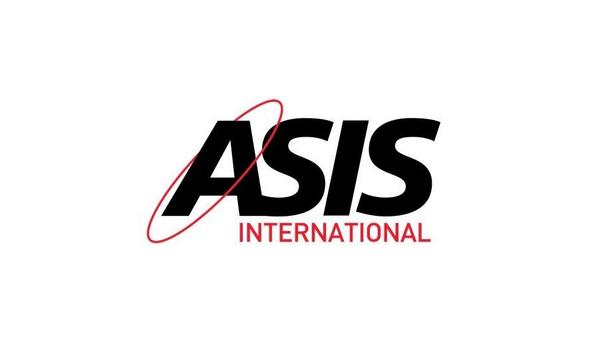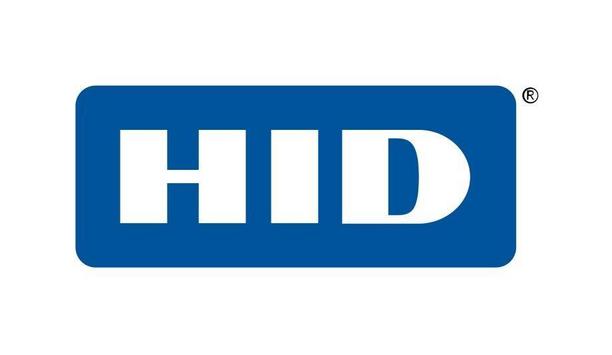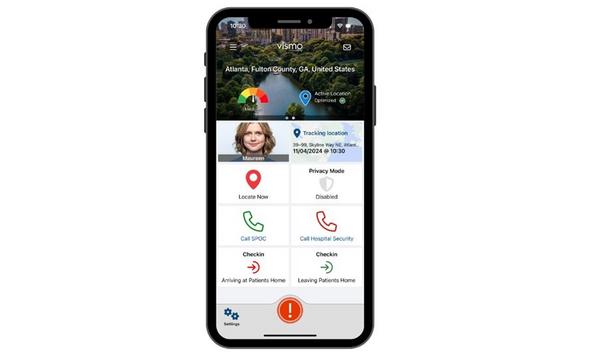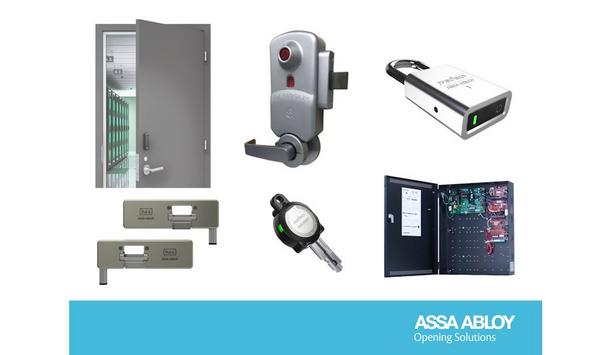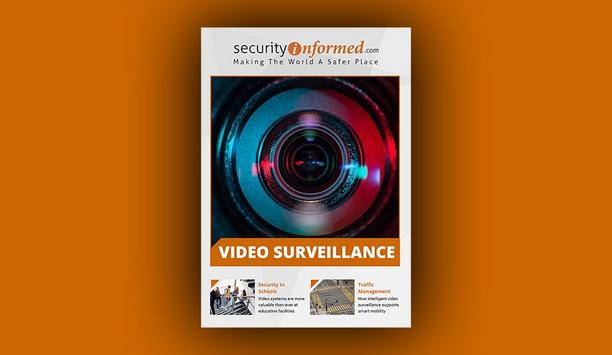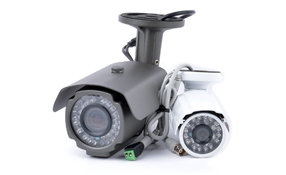IPVideo Corporation, Bay Shore, New York, recently announced a new OEM agreement with Milestone Systems Inc., Beaverton, Oregon, in an effort to provide deeper and wider options in its portfolio of video management solutions. According to Steve Rice, Director of Business Development, the partnership will allow the company to reach a broader number of enterprise customers and provide them with distinct choices – and two completely different video management system (VMS) offerings.
On the topic of VMS, with a host of different choices and options in the market – and some confusion by integrators and users as to what they need to more fully control their surveillance solutions – Rice answered these questions:
SourceSecurity.com: What are users looking for today in integrated security management solutions? What are important criteria for them?
Rice: The physical security landscape and requirements are dramatically changing as we witness the convergence of the Internet of Things (IoT) and physical security accelerate. The network of physical objects (devices, vehicles, buildings and other items) embedded with electronics, software, sensors and network connectivity that enables these objects to collect and exchange data is growing dramatically.
Today, these advancements are providing the ability for end users to create more expansive command-and-control solutions that incorporate physical security. This dynamic, along with the plethora of legacy/disparate security solutions that the end user has already invested in to secure their facilities, creates some challenges. These include:
- How to best leverage existing investments in the disparate/legacy systems that are already in place;
- How to select technology that will remain current, flexible and grow with expanding needs;
- Finding vendors and security integrators who are able to address this technology convergence;
- Ensuring that deployed solutions will create a significantly more coordinated command-and-control platform to better manage situational awareness and deliver timely actionable intelligence for the organization.
 |
| Systems integrators are looking for open architecture that supports the inherent use of IP network |
SourceSecurity.com: What are systems integrators looking for in integrated security management solutions? What do you think is important for them to consider?
Rice: First and foremost, they are looking for open architecture that supports the inherent use of the IP network. By definition, these solutions are best suited to deliver the greatest breadth and depth of offerings. In addition, ease-of-use certainly matters. Systems that are as close as possible to plug-and-play are highly desirable. And, of course, in-depth product training is important to make sure solutions are used to their maximum potential and benefit.
SourceSecurity.com: Where is the product category of security management solutions headed in the future? What can we expect to see?
Rice: The convergence of IoT with physical security is creating a new category of solution… The Enterprise IoT Manager. Applications for IoT management transcend the traditional security space, encompassing solutions that address a wide range of quality-of-life issues and operations management. IoT management will ultimately impact almost every facet of everyday life, and when used most effectively, will provide the ability to filter and prioritize sensor-driven data to deliver predictive analysis and automated responses.
For example, we are already seeing these types of applications in use in analyzing retail buying patterns, improving logistical planning, enhancing facility management and optimizing energy consumption.
SourceSecurity.com: What else might be coming with regards to the loT and how will video surveillance and management solutions be affected?
The advent of the loT and the cloud will transform video surveillance from a forensic tool to a preventative tool |
Rice: When you look at events like the Brussels Airport bombing and the Boston Marathon, it is very evident that video surveillance is primarily being used as a forensic tool after a critical event. The sheer number of live images alone makes it impractical for a human to watch and identify an event that is ready to unfold.
The advent of the loT and the cloud will transform video surveillance from a forensic tool to a preventative tool. The loT brings a large number of sensors into the physical security arena, adding the critical information required to identify potential issues. These IoT sensors can range from chemical sensors sniffing for explosive material or illegal substances, heat sensors for identifying hot spots, smoke alarms, auditory detectors for gunshots or other abnormal conditions. Combining the IoT sensors with global positioning coordinates allows video surveillance to automatically focus on an area of interest. The IoT sensor triggers an event, the event is verified via video, video is analyzed by an analytic or human and action is taken as a result of verification.
Imagine what would could have happened in Brussels if an array of geo-referenced chemical sensors were available to airport security. An explosive detection event would have been triggered when the terrorists entered the airport, video surveillance would have captured their images, the images would be run through a 3D facial recognition database and candidates identified as terrorists belonging to a watch list. As a result, the police would have been dispatched immediately and the terrorists would have been apprehended before the explosives could be detonated.
The technology exists today. The advent of the IoT and cloud access is enabling this scenario to become a reality in the not-too-distant future.



